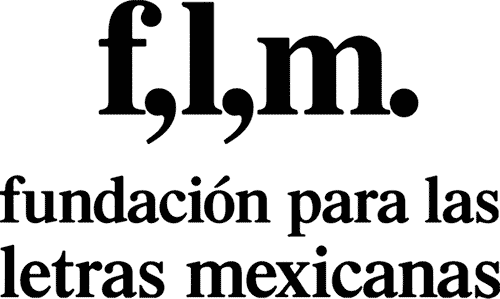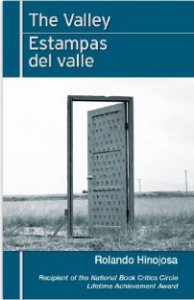In these vignettes set in the fictional county of Belken along the Texas-Mexico border in the early to mid-twentieth century, Rolando Hinojosa sketches a landscape of Mexican Texans and Anglo Texans living side by side, in good times and bad. "The world's a drugstore: you'll find a little bit of just about everything, and it's usually on sale, too. Belken County, Texas is part of the world, and so, it's no different; it's people are packaged in cellophane and they, too, come in all sizes, shapes and in a choice of colors." Some are brave; others are craven. Some are sharp, and some are dull.
Death calls on a regular basis in this first installment of Hinojosa's acclaimed Klail City Death Trip Series. Jehu Malacara was seven when his mother died and nine when his father passed. He has family, but it's Don Victor Pelaez who takes him in and makes him an integral part of the Pelaez Tent Show. When la muerte comes for Don Victor, Jehu is orphaned again. Others die in bar room brawls, in a clandestine amorous tryst at the local Holiday Inn and on the street.
Hinojosa paints his canvas with a montage of life's events births, weddings, friendships and love affairs but his brushwork all too frequently highlights the discrimination experienced by Mexican Americans. They lose their land to Anglos, are paid with rotten fruit for their labor and are refused admission to certain cafes. But life goes on. Young men go to war and old men remember their wars, whether the Mexican Revolution, World War II or the Korean War.
This classic novel has never before been available in a bilingual edition; it was originally published in the early 1970s as Estampas del valle and in the early 1980s as The Valley. Frequently compared to William Faulkner's Yoknapatawpha and Gabriel Garcia Marquez's Macondo, Rolando Hinojosa's Klail City Death Trip Series is required reading for anyone interested in life along the Texas-Mexico border in the twentieth century.
Death calls on a regular basis in this first installment of Hinojosa's acclaimed Klail City Death Trip Series. Jehu Malacara was seven when his mother died and nine when his father passed. He has family, but it's Don Victor Pelaez who takes him in and makes him an integral part of the Pelaez Tent Show. When la muerte comes for Don Victor, Jehu is orphaned again. Others die in bar room brawls, in a clandestine amorous tryst at the local Holiday Inn and on the street.
Hinojosa paints his canvas with a montage of life's events births, weddings, friendships and love affairs but his brushwork all too frequently highlights the discrimination experienced by Mexican Americans. They lose their land to Anglos, are paid with rotten fruit for their labor and are refused admission to certain cafes. But life goes on. Young men go to war and old men remember their wars, whether the Mexican Revolution, World War II or the Korean War.
This classic novel has never before been available in a bilingual edition; it was originally published in the early 1970s as Estampas del valle and in the early 1980s as The Valley. Frequently compared to William Faulkner's Yoknapatawpha and Gabriel Garcia Marquez's Macondo, Rolando Hinojosa's Klail City Death Trip Series is required reading for anyone interested in life along the Texas-Mexico border in the twentieth century.
* Esta contraportada corresponde a la edición de 2014. La Enciclopedia de la literatura en México no se hace responsable de los contenidos y puntos de vista vertidos en ella.



